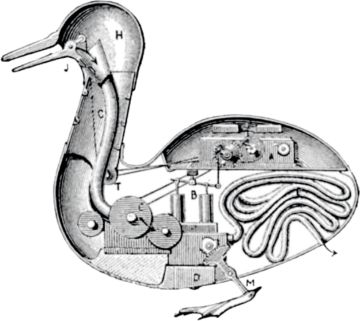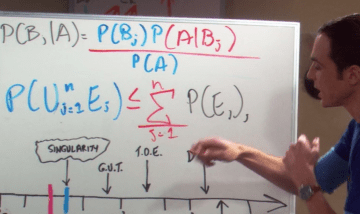by Jochen Szangolies
This is the fourth part of a series on dual-process psychology and its significance for our image of the world. Previous parts: 1) The Lobster and the Octopus, 2) The Dolphin and the Wasp, and 3) The Reindeer and the Ape

A (nowadays surely—or hopefully—outdated) view, associated with Descartes, represents animals as little more than physical automata (la bête machine), reacting to stimuli by means of mechanical responses. Devoid of soul or spirit, they are little more than threads of physical causation briefly made flesh.
It might perhaps be considered a sort of irony that the modern age has seen an attack on Descartes’ position from both ends: while coming to the gradual realization that animals just may have rich inner lives of their own, a position that sees human nature and experience to be entirely explicable within a mechanical paradigm, going back to La Mettrie’s 1747 extension of Descartes’ view to humans with L’Homme Machine, has likewise been gaining popularity.
This series, so far, can be seen as a sort of synkretistic take on the question: within us, there is both a rule-based, step-by-step, inferential process of conscious reasoning, as well as an automatic, fast, heuristic and unconscious process of immediate judgment. These are, in dual-process psychology, most often simply referred to as (in that order) ‘System 2’ and ‘System 1’.
In my more colorful (if perhaps not necessarily any more helpful) terminology, System 2 is the lobster: separated from the outside world by a hard shell, it is the Cartesian rational ego, the dualistic self, analyzing the world with its claws, taking it apart down to its smallest constituents.
System 1, on the other hand, is the octopus: more fluid, it takes the environment within itself, becomes part of it, is always ‘outside in the world’, never entirely separate from it, experiencing it by being within it, bearing its likeness. The octopus, then, is the nondual foundation upon which the lobster’s analytic capacities are ultimately founded: without it, the lobster would be fully isolated from the exterior within its shell, the Cartesian homunculus sitting in the darkness of our crania without so much as a window to look out of. Read more »

